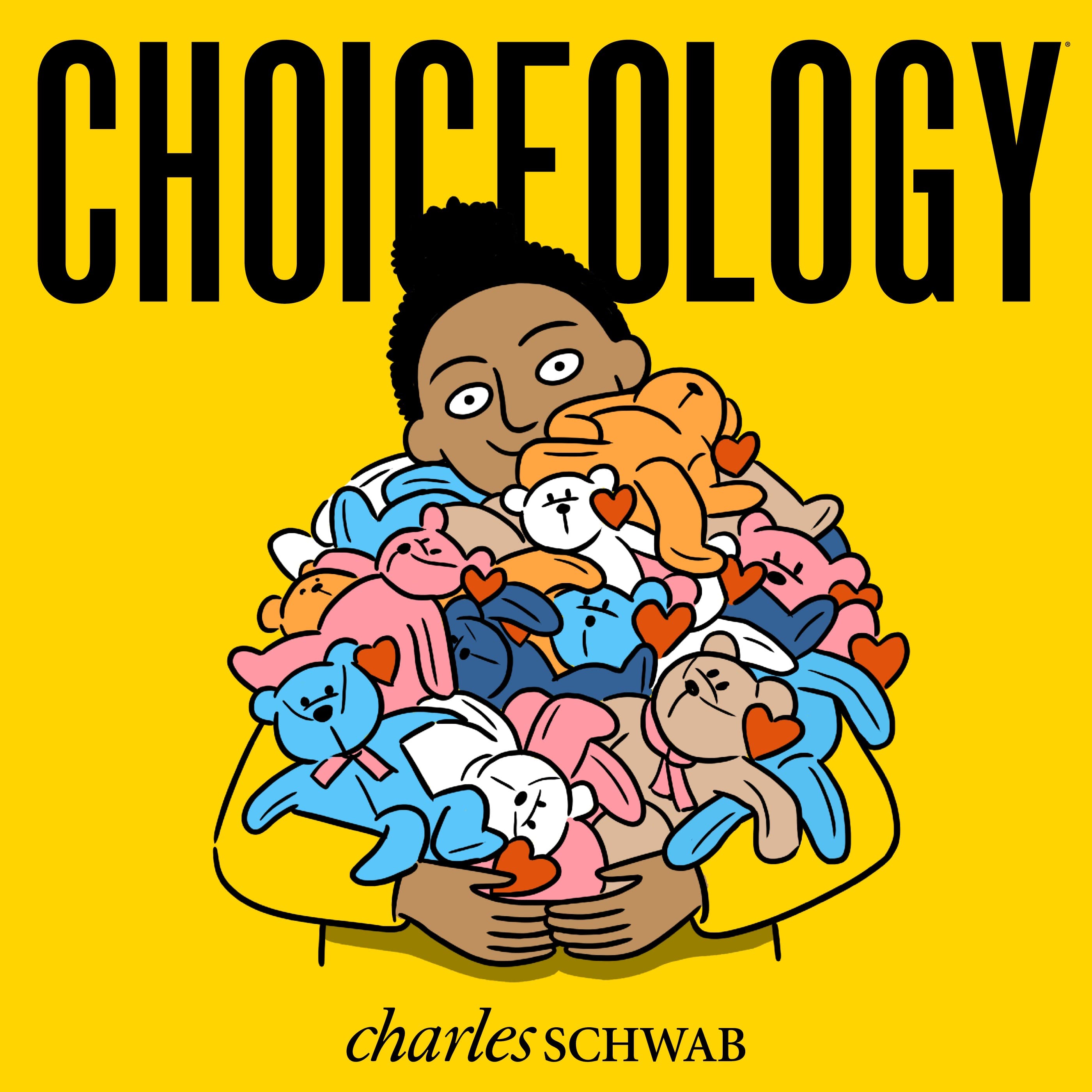The Beanie Bandwagon: With Guests Robert Cialdini & Yemisi Brookes
Mullets. Skinny jeans. Crocs. Many of us can recall trends that we've jumped on, only to see those trends become passé soon after. But the fear of missing out can snowball into heavier consequences.
In this episode of Choiceology with Katy Milkman, we look at how speculation and rapidly growing trends, however niche, can cloud people's judgment.
A tight knit group of friends in Chicago start buying stuffed animals from a little-known toymaker, called Ty Warner, for their kids. The friends' enthusiasm for the toys is contagious, and soon the demand for these cute stuffed animals, called Beanie Babies, is growing so quickly that people are treating them as investments. People are lining up for hours to get their hands on the newest releases. Parents are using their kids' college funds to collect Beanie Babies. Collectors are buying secondhand Beanie Babies for thousands of dollars.
Filmmaker Yemisi Brookes tells the story of how a group of moms launched an unassuming stuffed toy to unexpected highs—and lows.
Yemisi Brookes is the director of the documentary Beanie Mania, available on HBO.
Next, Katy speaks with Robert Cialdini about his research that shows while humans are influenced by what a majority of people are doing, humans pay special attention to trends that are growing, even if it begins with just a small fraction of the population.
You can read more in the paper he co-authored with Chad R. Mortensen and Rebecca Neal called "Trending Norms: A Lever for Encouraging Behaviors Performed by the Minority."
Robert Cialdini is the Arizona State University Regents' Professor Emeritus of Psychology and Marketing and the best-selling author of several books including the mega-bestseller Influence: The Psychology of Persuasion.
Choiceology is an original podcast from Charles Schwab.
If you enjoy the show, please leave a rating or review on Apple Podcasts.
Learn more about behavioral finance.
Explore more topics
All expressions of opinion are subject to change without notice in reaction to shifting market conditions.
The comments, views, and opinions expressed in the presentation are those of the speakers and do not necessarily represent the views of Charles Schwab.
Data contained herein from third-party providers is obtained from what are considered reliable sources. However, its accuracy, completeness or reliability cannot be guaranteed.
All corporate names are for illustrative purposes only and are not a recommendation, offer to sell, or a solicitation of an offer to buy any security.
Investing involves risk, including loss of principal.
The book How to Change: The Science of Getting from Where You Are to Where You Want to Be is not affiliated with, sponsored by, or endorsed by Charles Schwab & Co., Inc. (CS&Co.). Charles Schwab & Co., Inc. (CS&Co.) has not reviewed the book and makes no representations about its content.
Apple Podcasts and the Apple logo are trademarks of Apple Inc., registered in the U.S. and other countries.
Google Podcasts and the Google Podcasts logo are trademarks of Google LLC.
Spotify and the Spotify logo are registered trademarks of Spotify AB.



